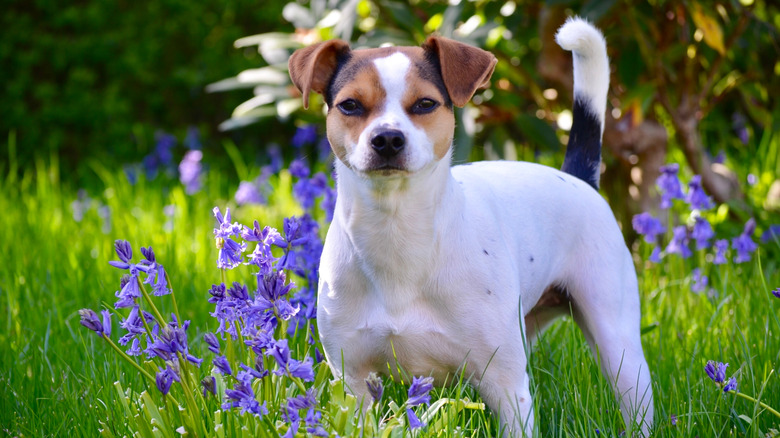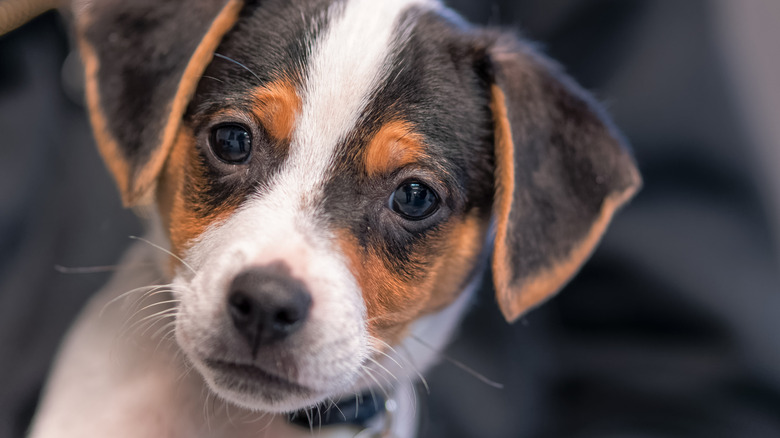It's Official: The American Kennel Club Adds Danish-Swedish Farmdogs To The Dog Breed Family
The American Kennel Club (AKC) has a new breed on the scene: the Danish-Swedish farmdog (DSF). Entering the working group, this pup is the 202nd to join the organization's registry. The energetic and sweet canines are known as "little big dogs" for their giant personalities in tiny bodies.
Joining the AKC starts with a multi-year process that consists of recognizing, showing, and creating a breed standard. For the DSF, that started by joining the AKC's Foundation Stock Services Program in 2011. From there, the breed was introduced into the Miscellaneous Class in 2021, where breeds are shown and developed over several more years.
During this process, a few breed requirements must be met. First, there must be 100 or more members in a national club for the breed. In addition, they must exist in 20 or more states and have a sufficient total population. Lastly, a breed standard must be developed and written out for review alongside a complete history.
The traits and history of the Danish-Swedish farmdog
One of many Scandinavian dog breeds, the Danish-Swedish farmdog looks close in size and shape to a Jack Russell terrier. It features a similar stocky body and brown, black, and white coloring, and short hair that makes it easy to groom. On average, the little big dog lives about 11-13 years.
The DSF is skilled at picking up commands. It's also high energy, meaning it makes a great exercise companion, and excels at canine sports and other enrichment activities for canines who aren't food-motivated. "They're interesting, fun little dogs," Carey Segebart, president of the Danish-Swedish Farmdog Club of America, shared with the Associated Press. "They're essentially up for anything. They succeed at most everything."
The DSF has a history dating back to Viking times. Skeletal remains were found at various burial sites over 1,200 years old. In addition, the breed spent hundreds of years running alongside Danish and Swedish farmers. The canines were versatile, helping with tasks ranging from directing livestock to getting rid of vermin. As its popularity waned and people moved to city centers, the Danish Kennel Club and Swedish Kennel Club joined together to keep the breed from going extinct, leading to the dog that's still beloved today.

